Ice Cream- Yum!
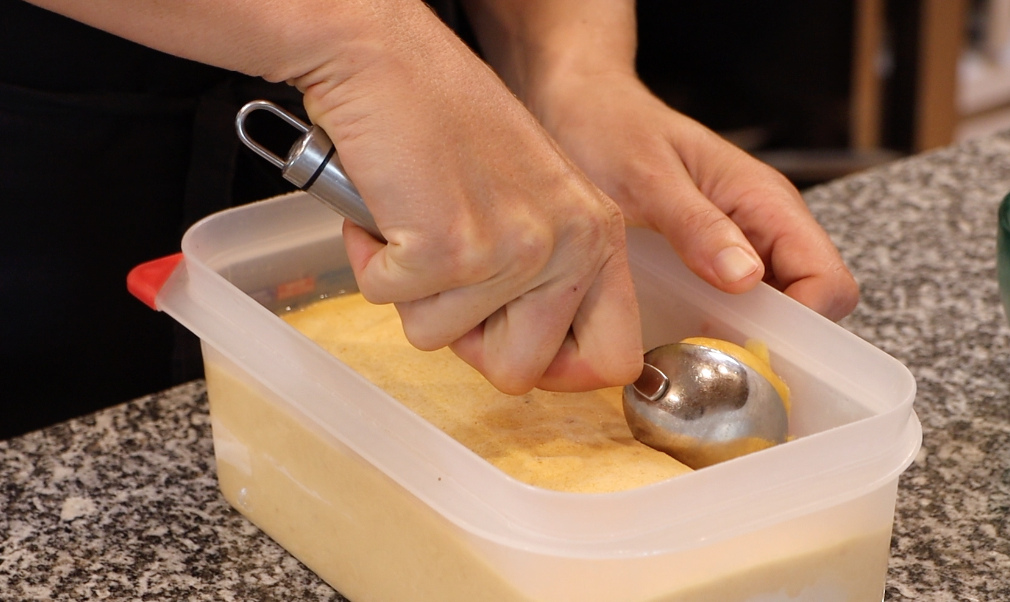
Best of all, this luscious Persimmon Ice Cream is a homemade delight, lovingly crafted without the need for an ice cream machine.
Our Persimmon Ice Cream is a testament to the joys of making ice cream from scratch, offering a taste of pure, seasonal delight. Whether enjoyed on its own or as a companion to a slice of carrot cake, this homemade creation will surely become a cherished favorite.
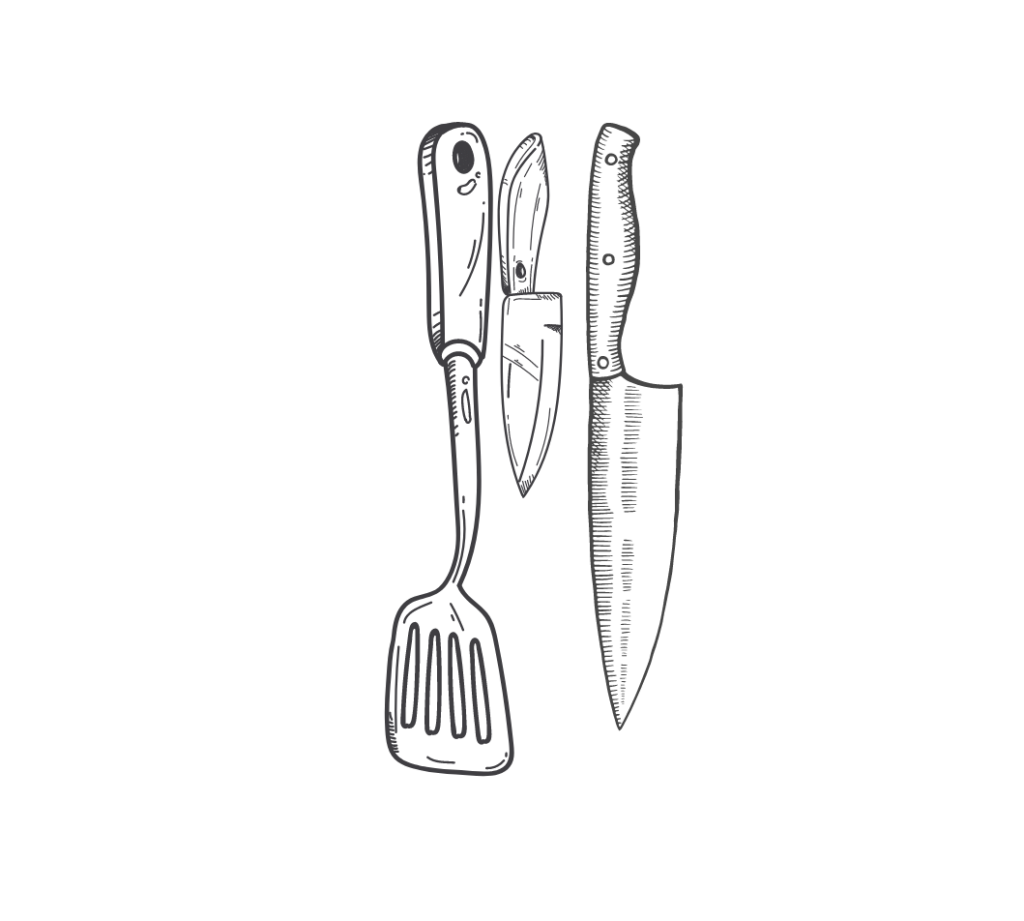

Best of all, this luscious Persimmon Ice Cream is a homemade delight, lovingly crafted without the need for an ice cream machine.

Serves:
2/ 6-7 ounces
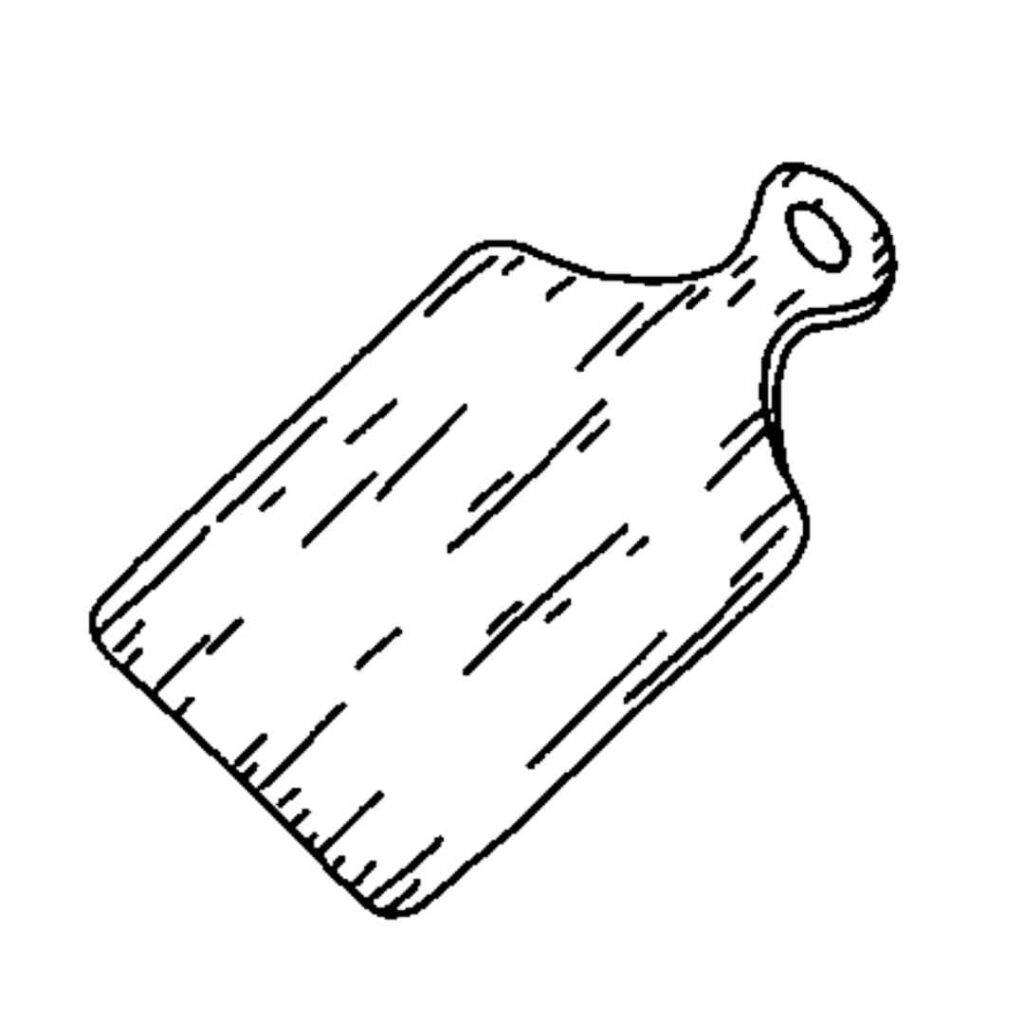
Time to Prepare:
30 min
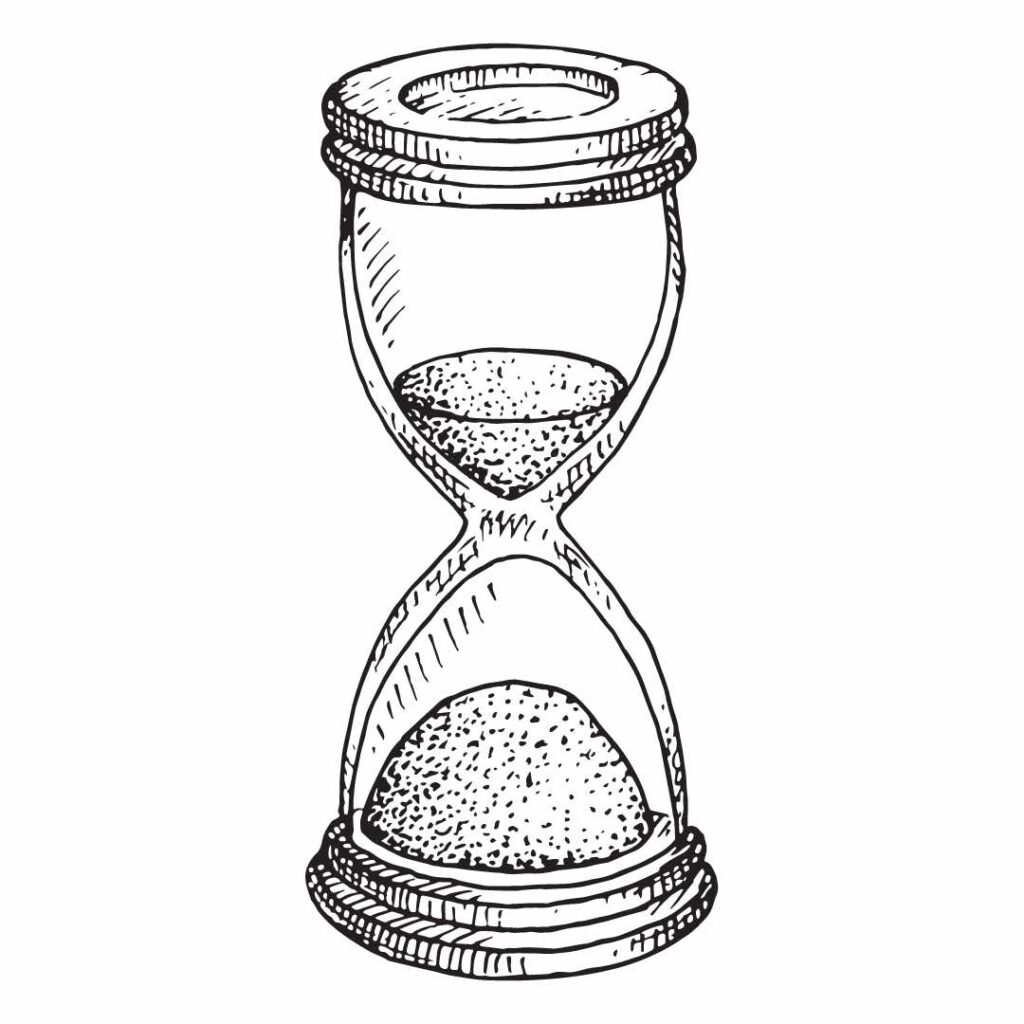
Time to freeze:
7 hours minimum
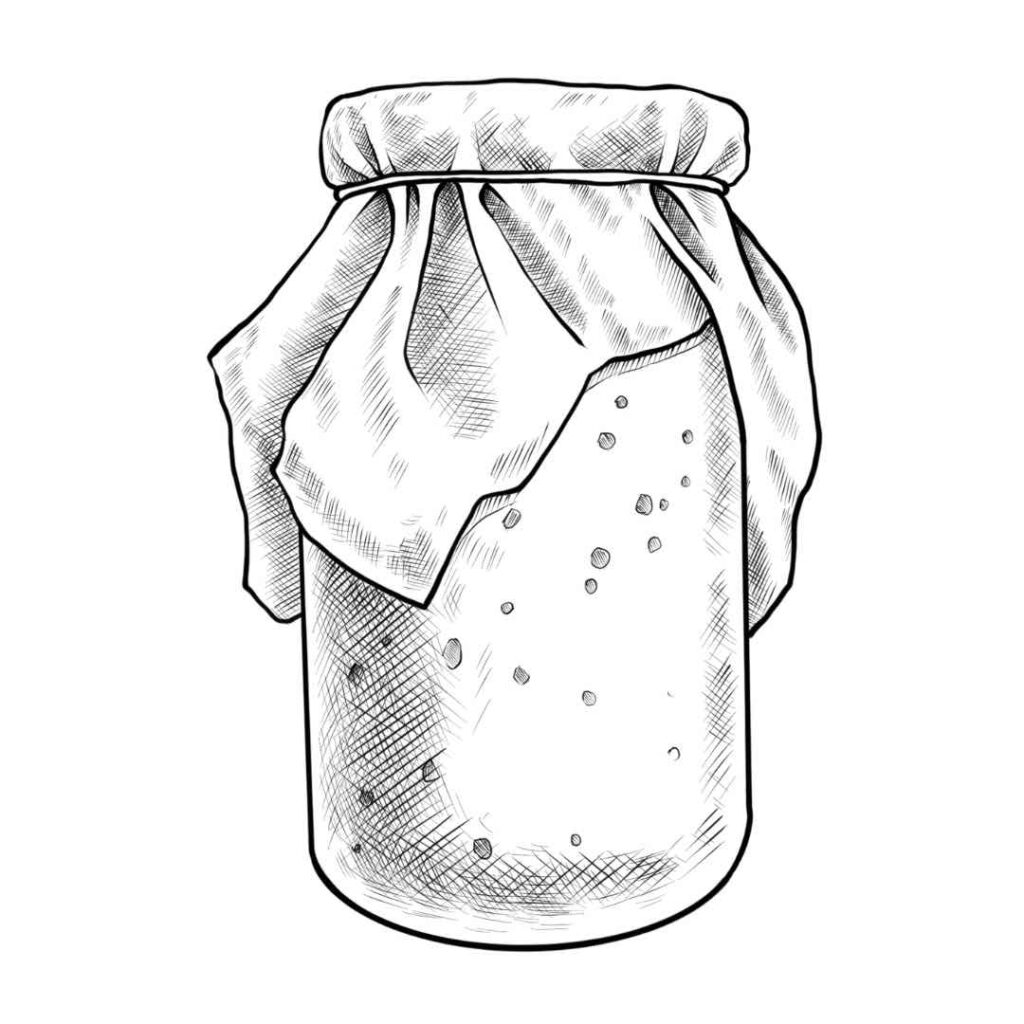
skill
ice cream making
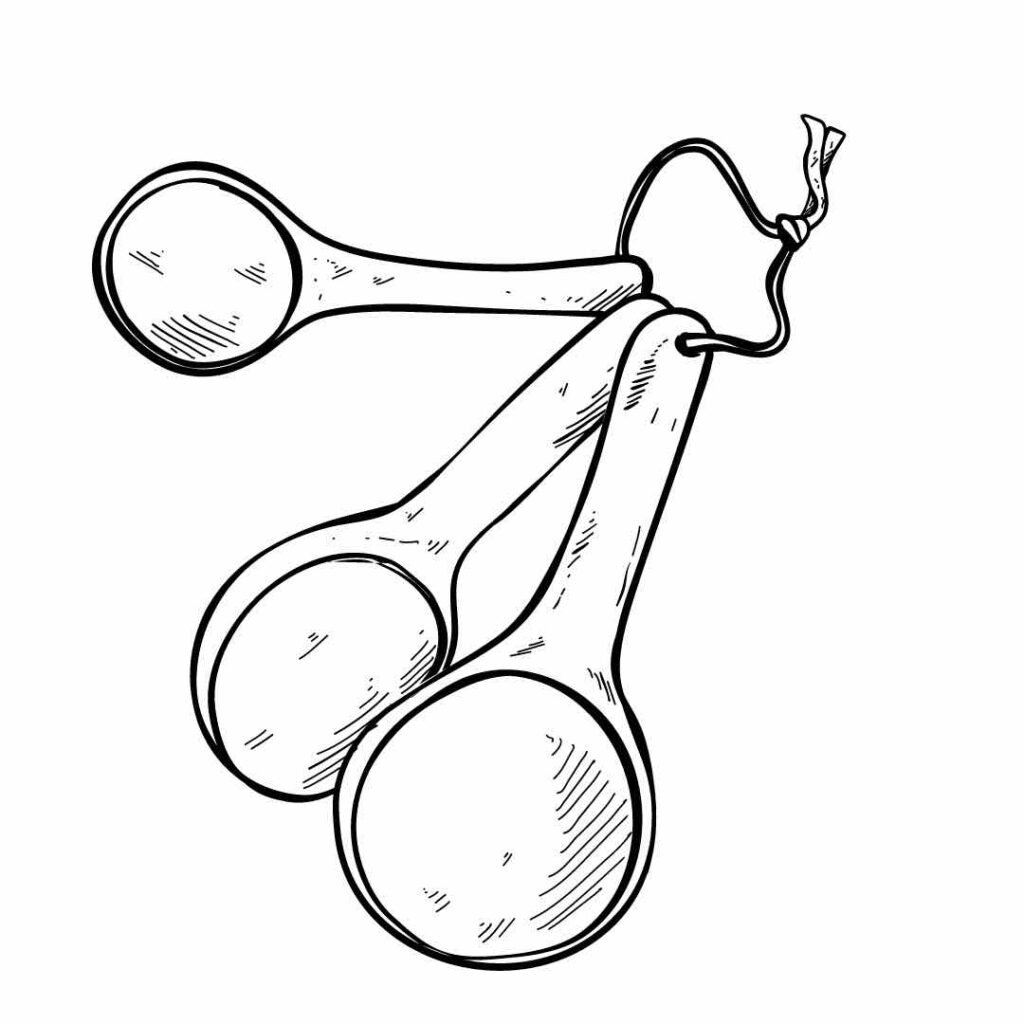
Serves:
2 L/ 6-7 ounces

Time to Prepare:
30 min

Time to cook or cure:
7 hours minimum

Skills:
ice cream making

No ice cream machine – persimmon ice cream
The pulp of 8 very ripe persimmons (the astringent type)
10 eggs, separated into yolks and whites
½ cup of sugar for the meringue ½ cup of sugar for the yolks
Tools
3 very clean large bowls
1 spoon
1 hand whisk or electric mixer
1 wand mixer
1 spatula
2 x 1-liter plastic boxes
Useful guidelines
Better understand the process of s whipping egg whites with sugar to create a light and fluffy mixture with a stable structure. The biochemical reactions that occur during this process are primarily due to the proteins and sugars in the egg whites. Here’s how it works on a biochemical level:
Proteins in Egg Whites: Egg whites are primarily composed of water and proteins, with the main protein being albumin. Albumin proteins are globular proteins that have both hydrophilic (water-attracting) and hydrophobic (water-repelling) regions. These proteins play a crucial role in forming the structure of the meringue.
Denaturation: When you start whipping the egg whites, you introduce air into the mixture, and the proteins begin to unfold or denature. This denaturation exposes the hydrophobic regions of the proteins.
Foam Formation: As you continue to whip, the hydrophilic regions of the denatured proteins interact with water molecules, while the hydrophobic regions repel water and seek to interact with air. This creates a network of protein molecules that trap and stabilize the air bubbles within the mixture. This network forms the foam structure of the meringue.
Sugar Interaction: As you gradually add sugar to the egg whites while whipping, the sugar molecules interact with the water and proteins. Sugar helps stabilize the meringue by interfering with the formation of large protein clumps and increasing the viscosity of the mixture.
Stabilization: The sugar also plays a crucial role in stabilizing the meringue by absorbing and holding onto water. This reduces the chances of over-whipping and the collapse of the foam structure.
Stiff Peaks: As you continue whipping, the meringue goes through different stages, starting with soft peaks and progressing to stiff peaks. In the soft peak stage, the foam is still somewhat delicate, while in the stiff peak stage, the foam is stable and holds its shape when the beaters are lifted.
Simply follow these steps:
Step 1
Collect the pulp of the 8 ripe persimmon fruits. Make sure there are no pips and peel inside. Set the bowl aside.
Step 2
Separate the whites and yolks of 10 eggs and put them in 2 different, very clean bowls. Set aside.
Step 3
Measure out ½ cup of white sugar.
Step 4
With very clean whisks or an electric mixer, start beating the egg whites until they are frothy and turn into white foam. After about 1 minute of mixing, add half of your sugar in. Now beat for another minute. Then add in the rest and mix it until you have a stiff meringue, but not completely stiff. Your peaks should be soft. This means that when you lift out your whisker, the peak that forms should fall over. Now set this to the side.
Step 5
Now measure out ½ cup of sugar again.
Step 6
Now mix your 10 yolks with half of the sugar you just measured out until they become fluffy. After about a minute of mixing, add the rest of your sugar and vigorously mix until it is fluffy, creamy, and all sugar is dissolved.
Step 7
With a hand mixer, puree your pulp until it is completely smooth.
Step 8
Now fold in the yolk mixture into the whites mixture with a spatula, keeping as much air inside the mixture as possible. Do this by making a figure 8 and simultaneously turning the bowl.
Step 9
Once the mixture is homogeneous, now do the same and fold in the puree.
Step 10
Pour the ice cream mixture into 2 containers of 1 liter, which you can cover with a lid. Place them in the freezer for a minimum of 7 hours.
Storage
STORE IN FREEZER FOR MAX 6 MONTHS
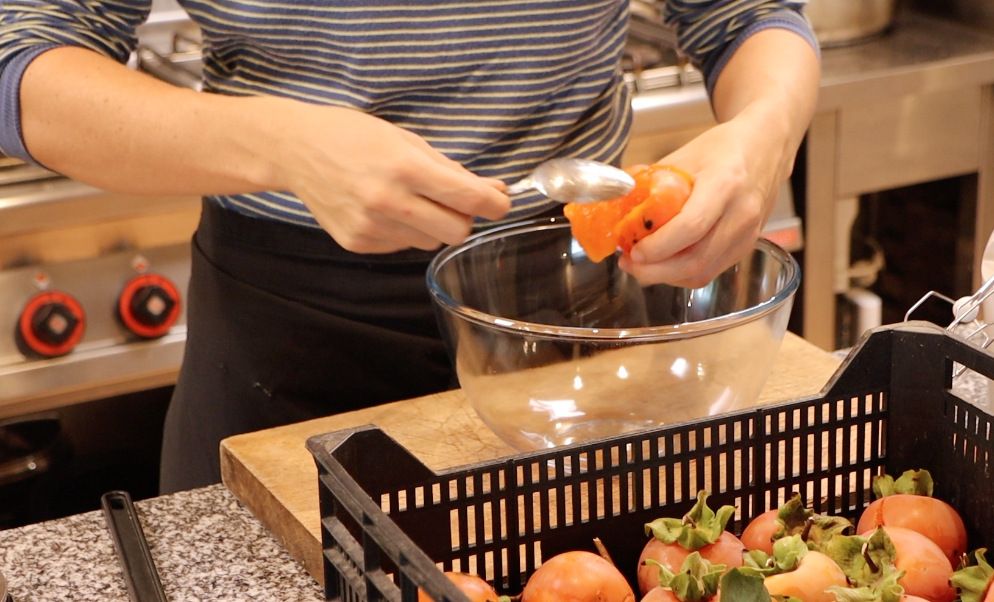
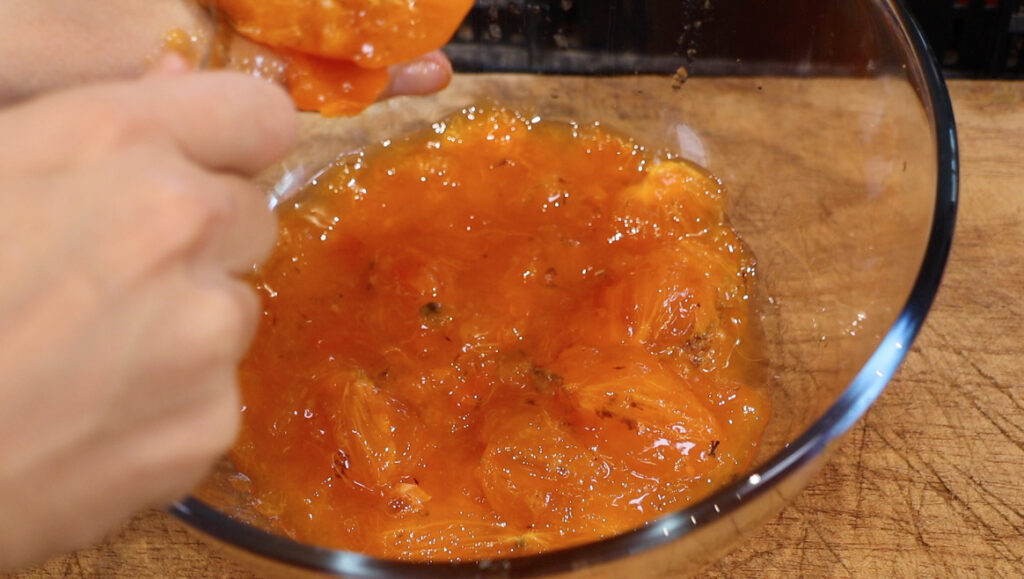
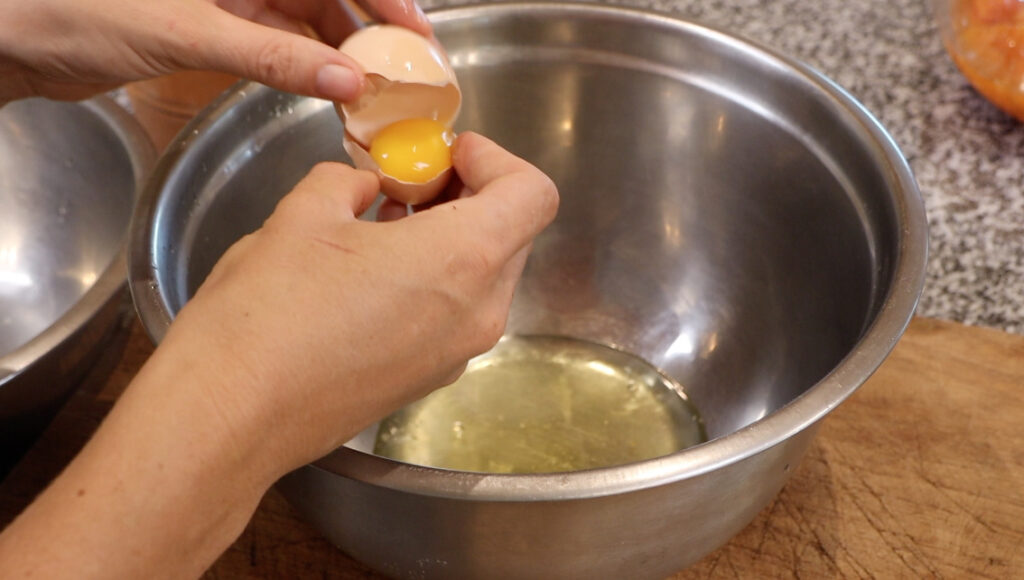
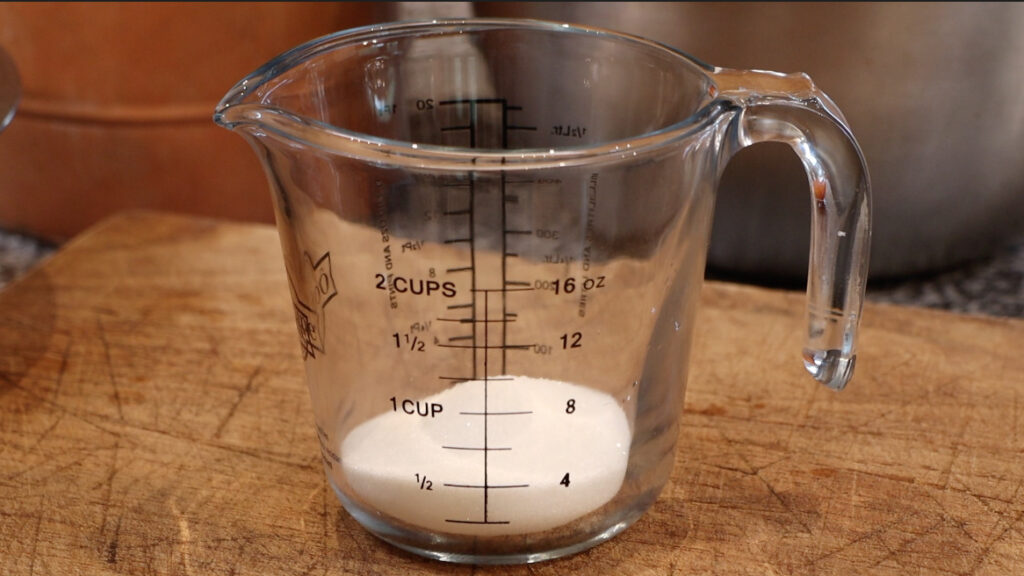
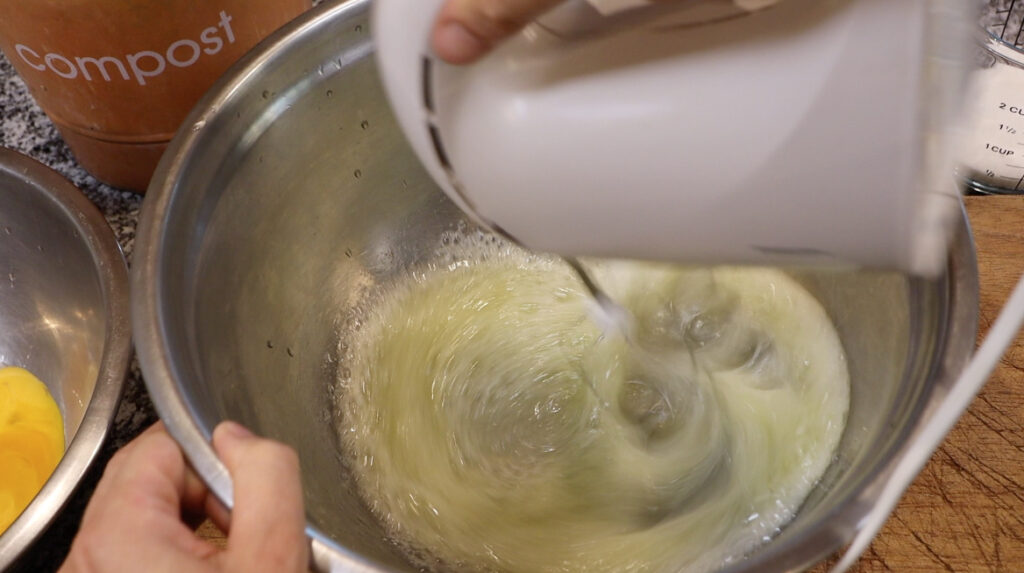
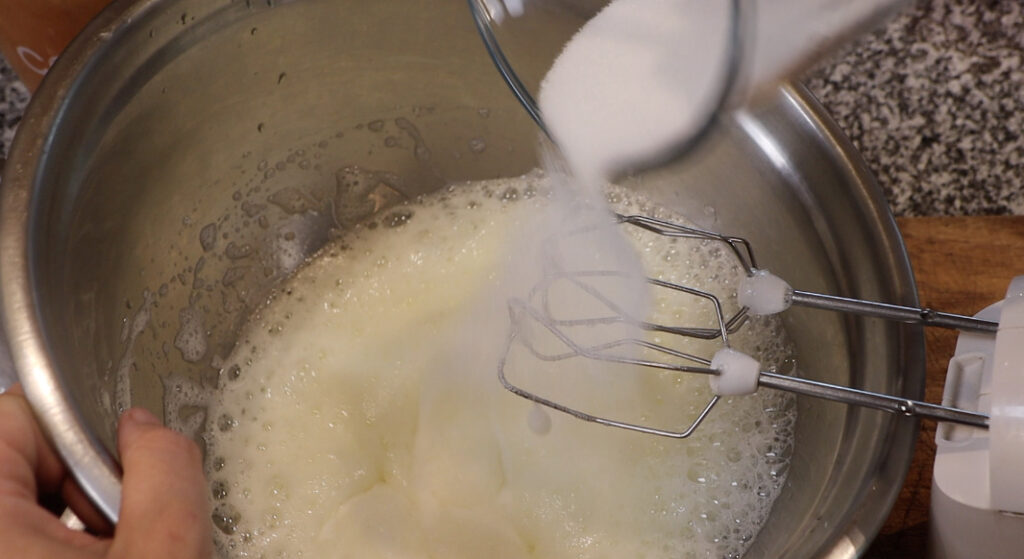
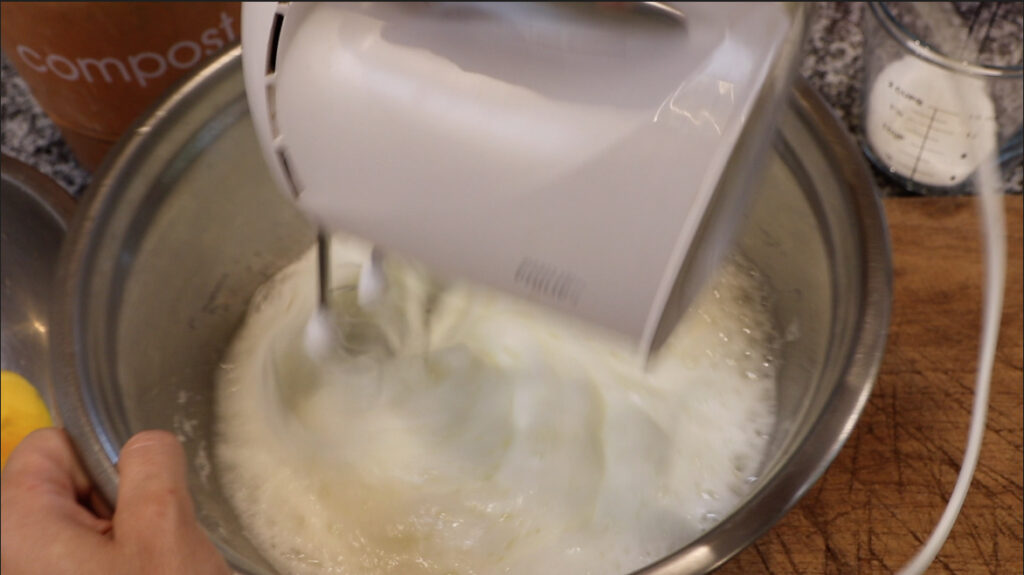
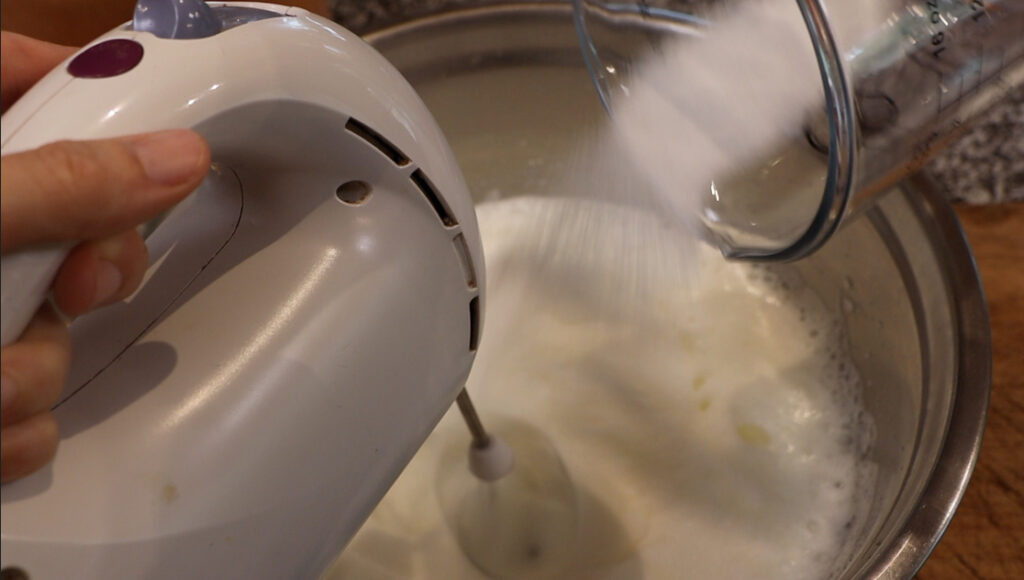
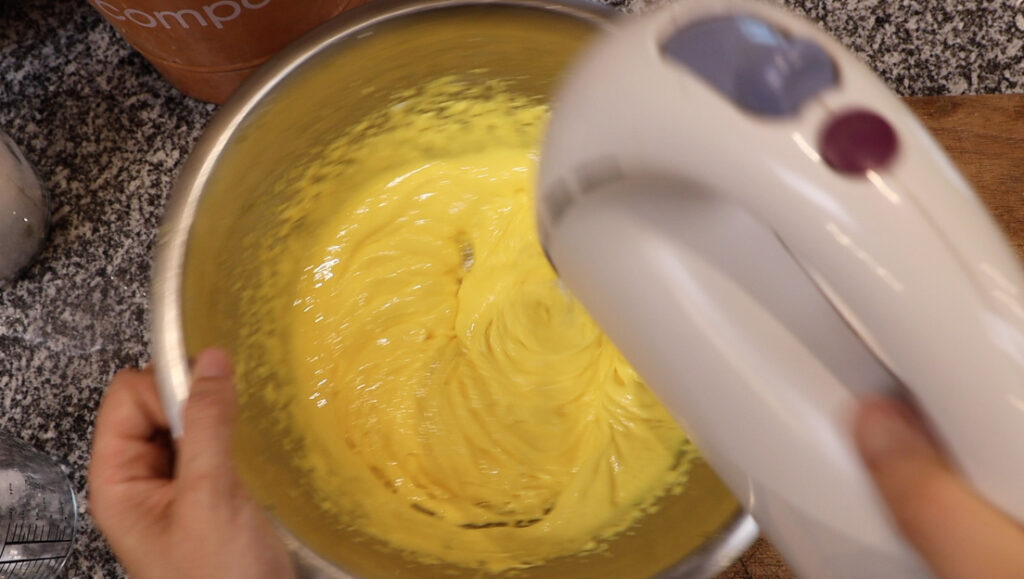
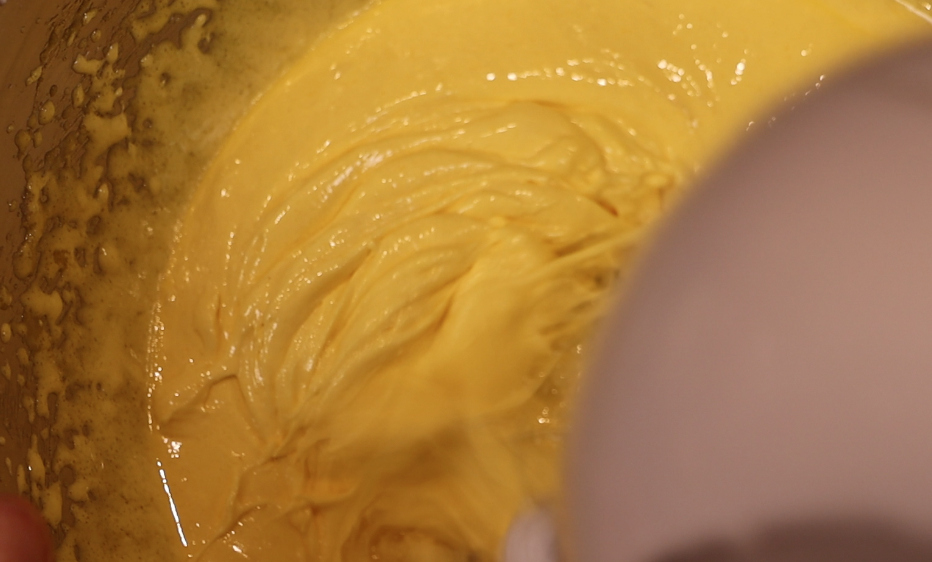
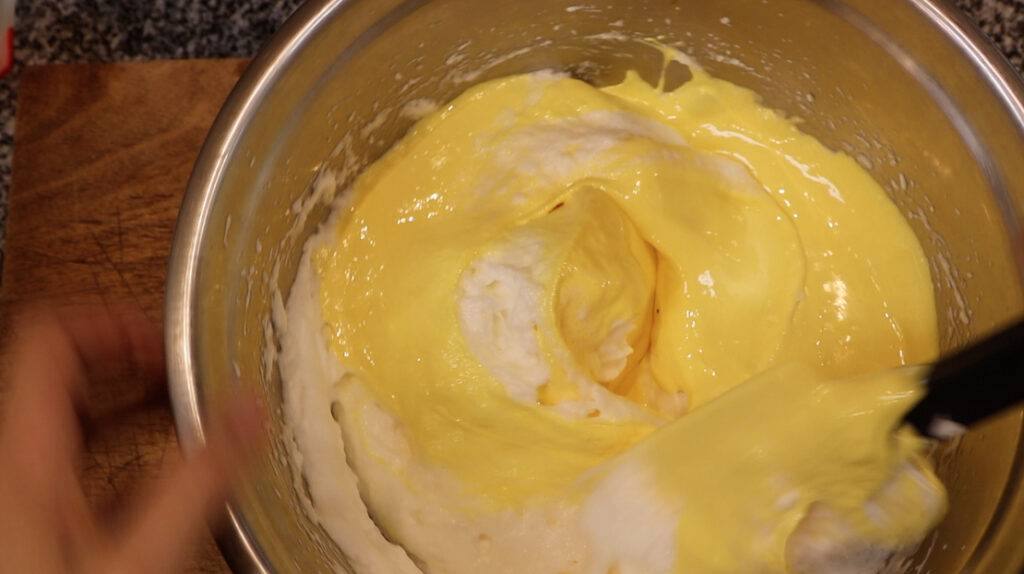
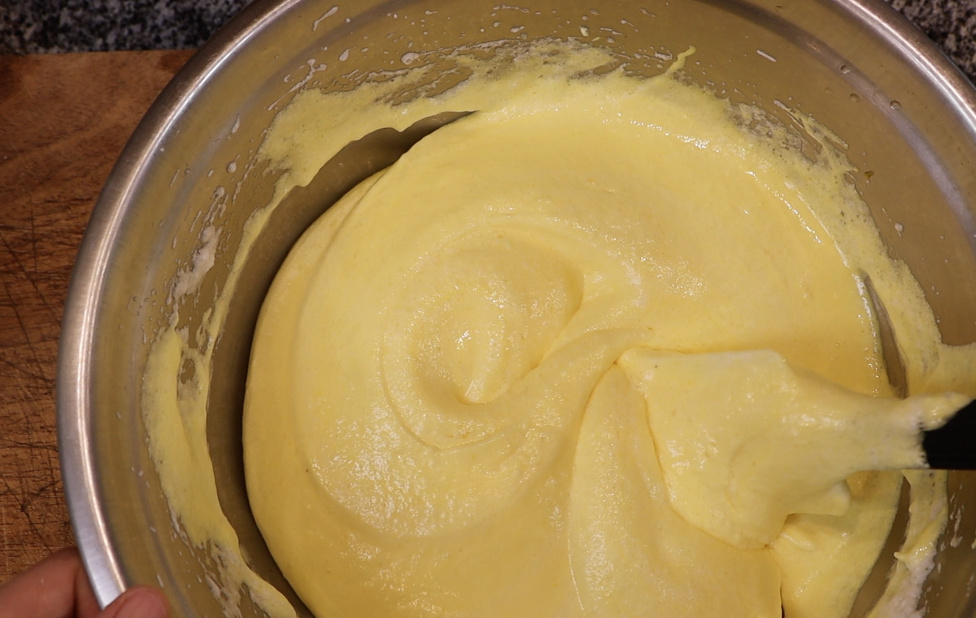
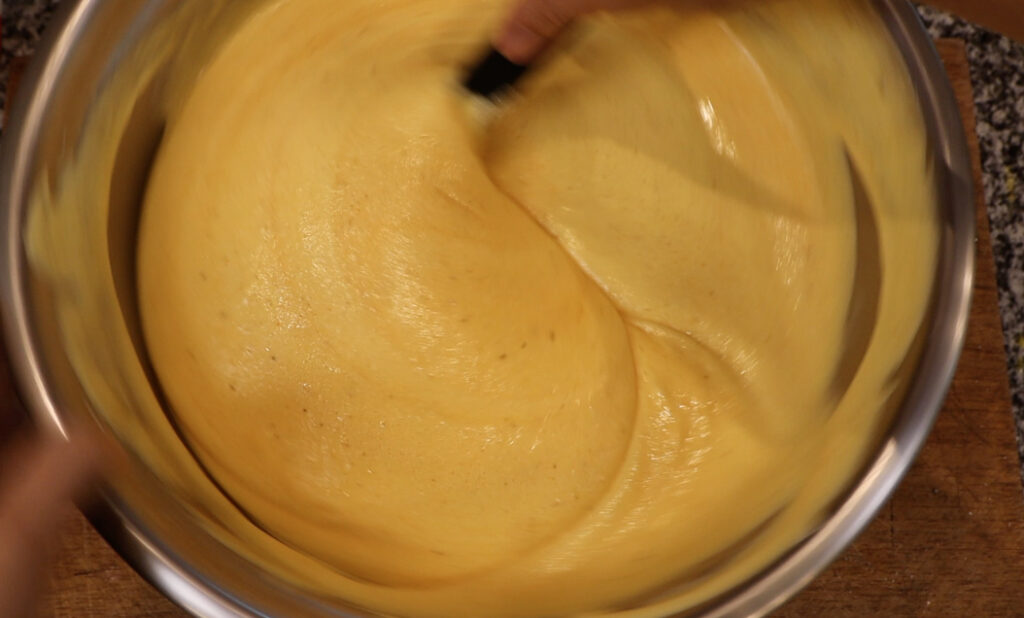
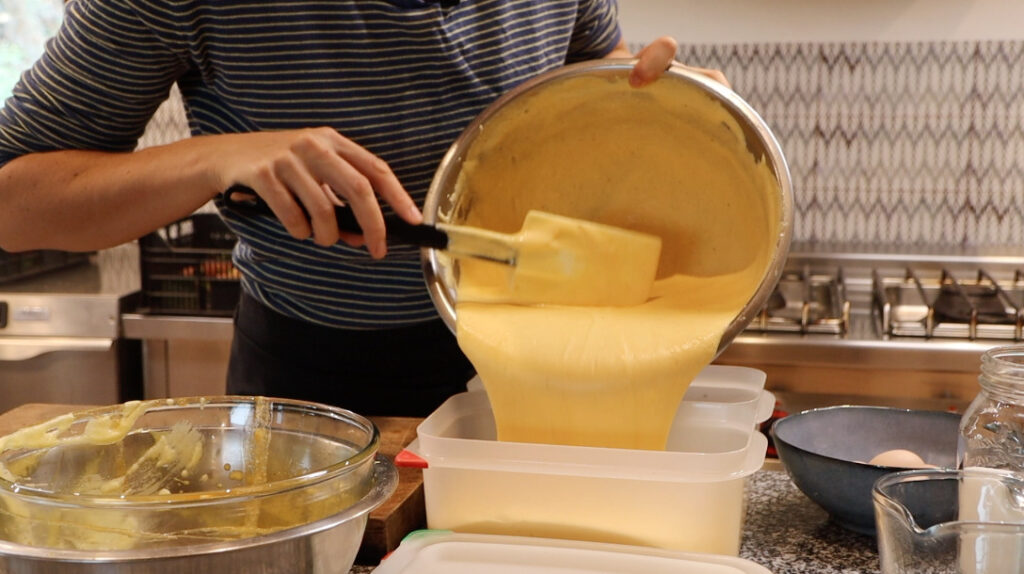
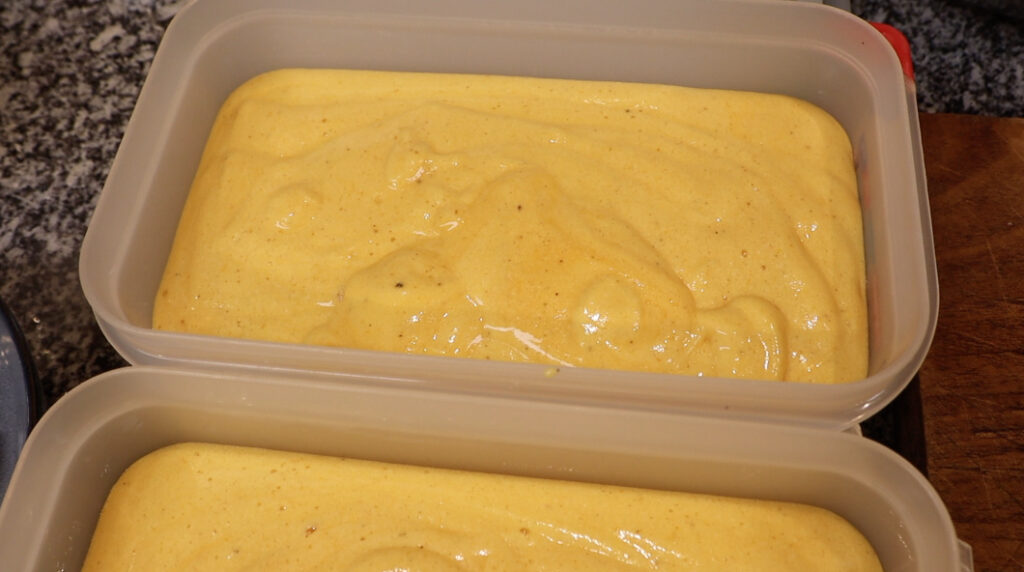

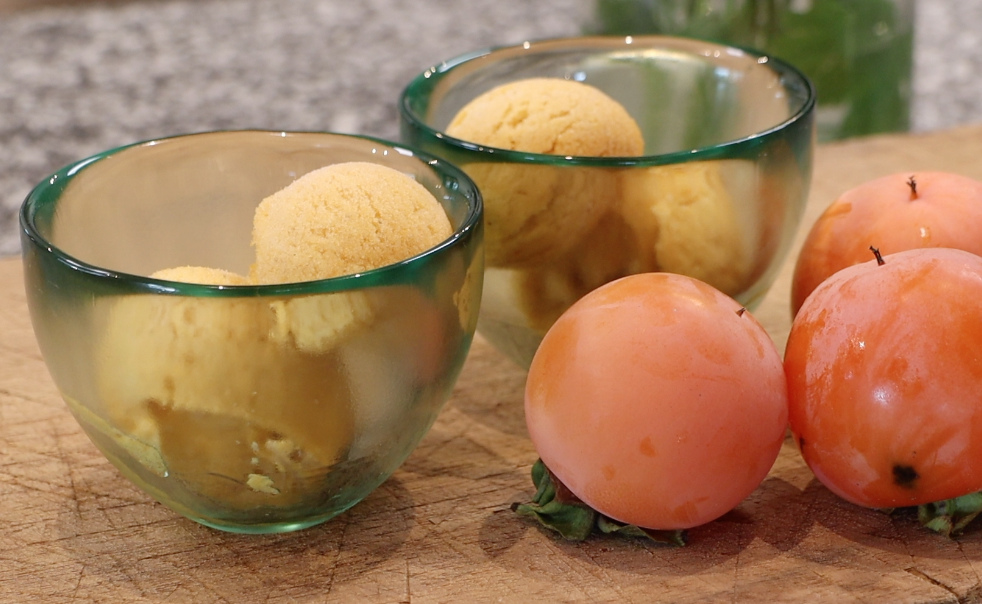

Recipe Categories
We lost so much.
Our pastures are destroyed, many of our old olive trees, the young orchards, the irrigation systems, our most important tools, water pumps, and power setup—either melted or destroyed.
Our food and hay stores, the fences, and many of the stable buildings are either damaged or lost entirely.
What took years to build was reduced to ash in a single afternoon.
Ready to Recharge and Enjoy Real Food in Nature?
Cook, connect, and grow in the heart of our regenerative farm.
Real food. Deep rest. Lifelong memories.
